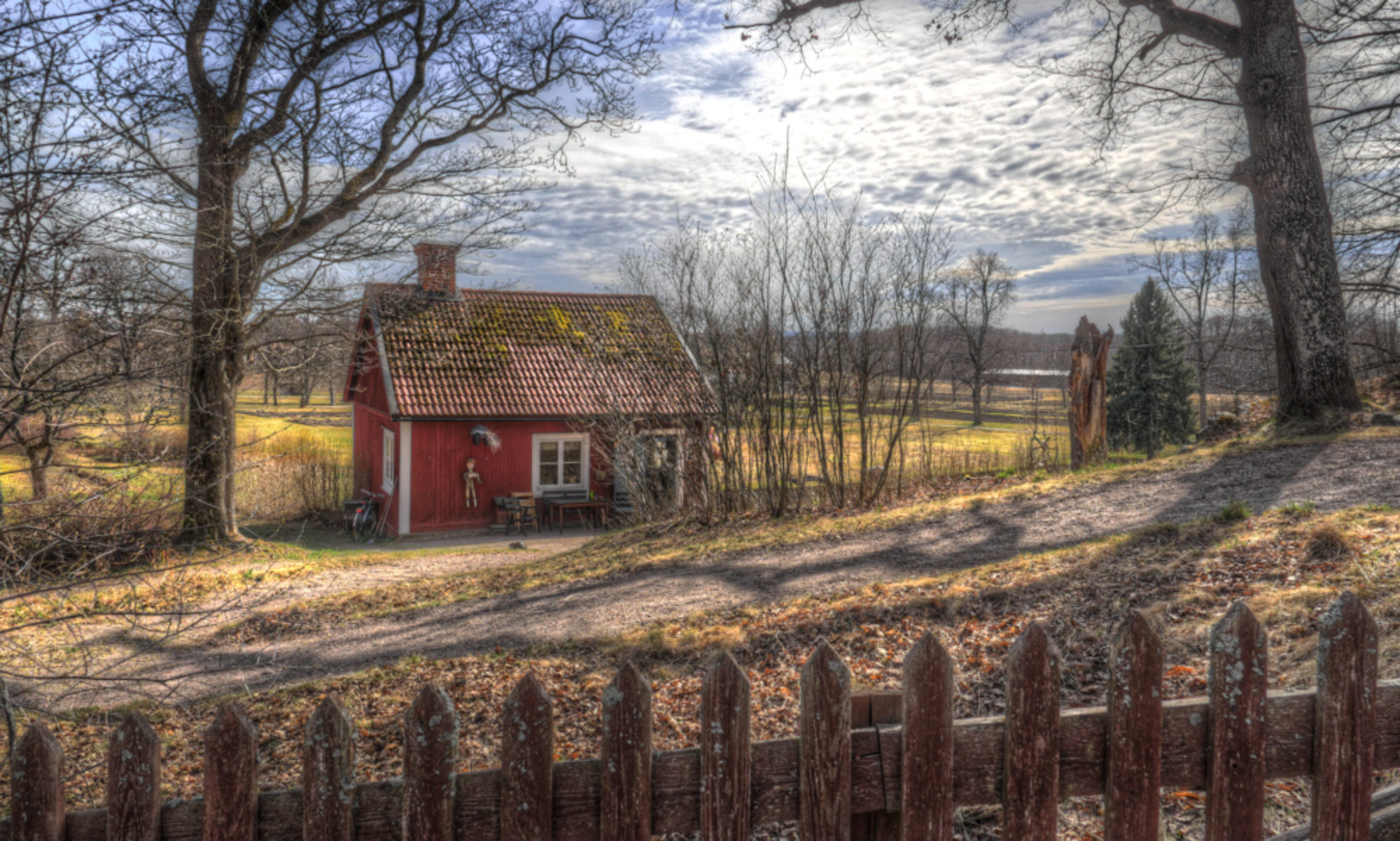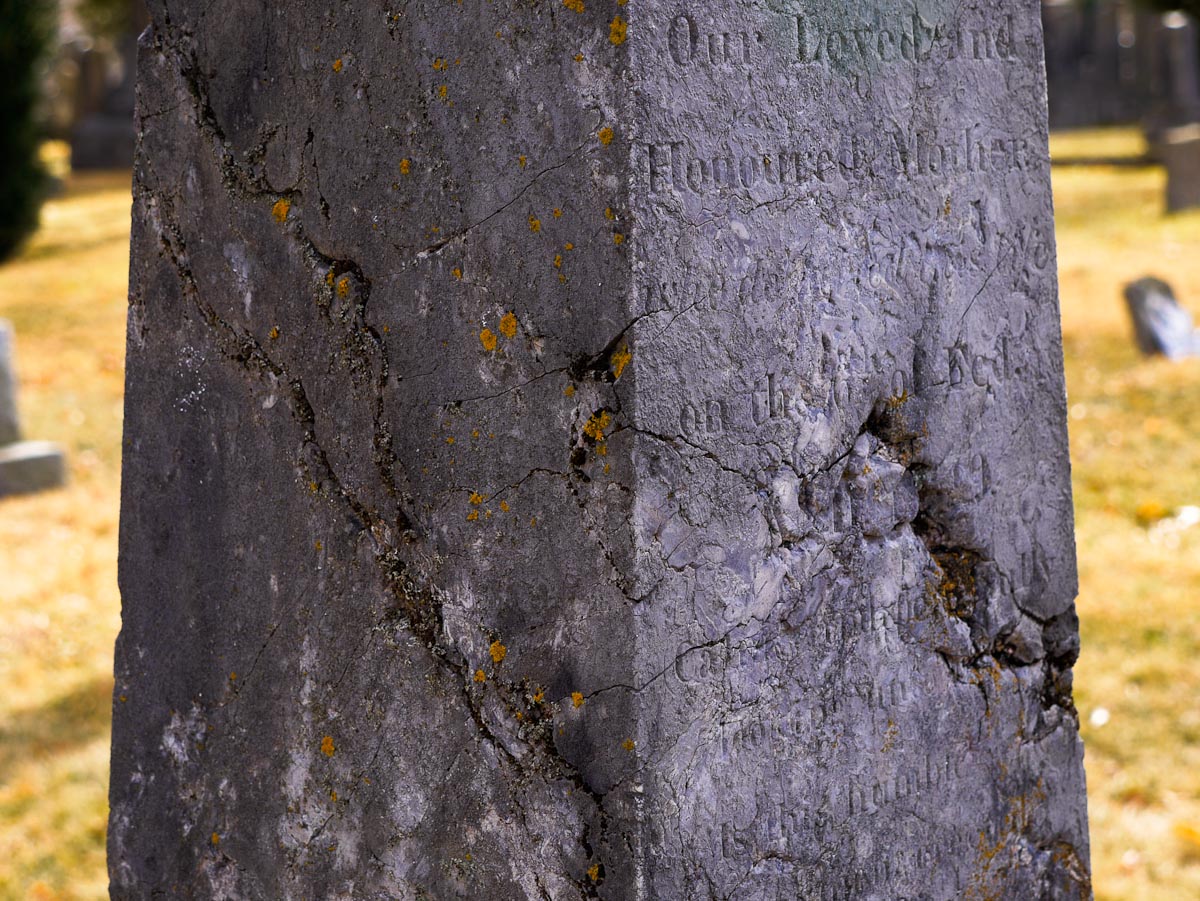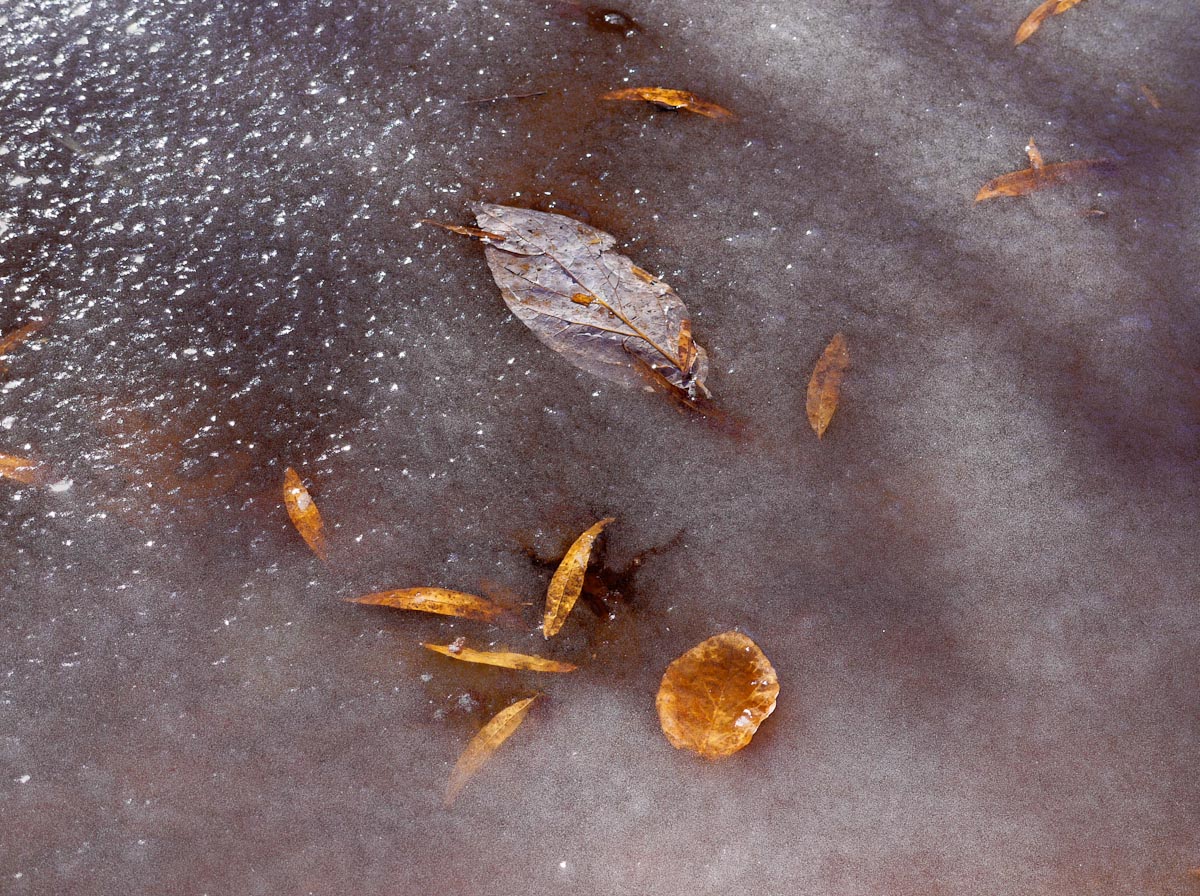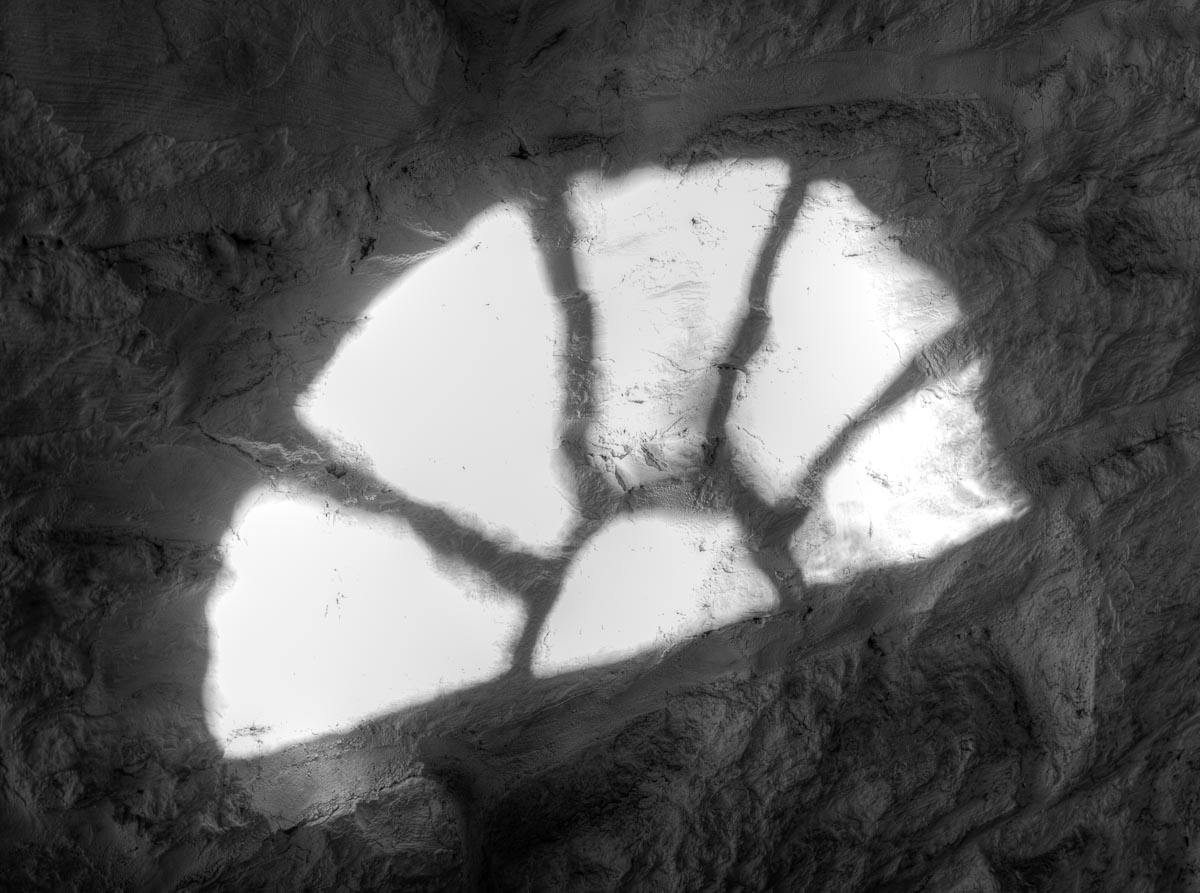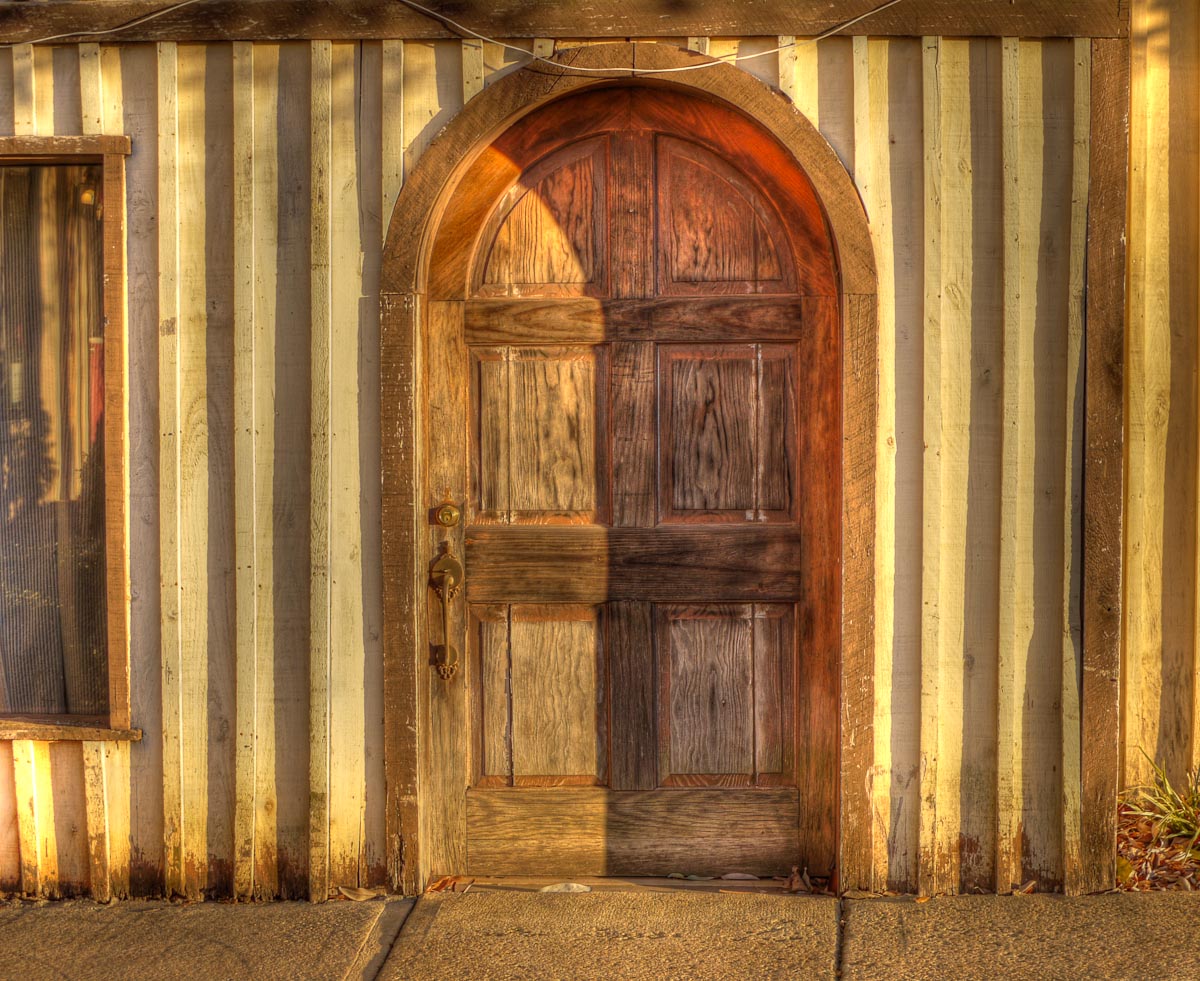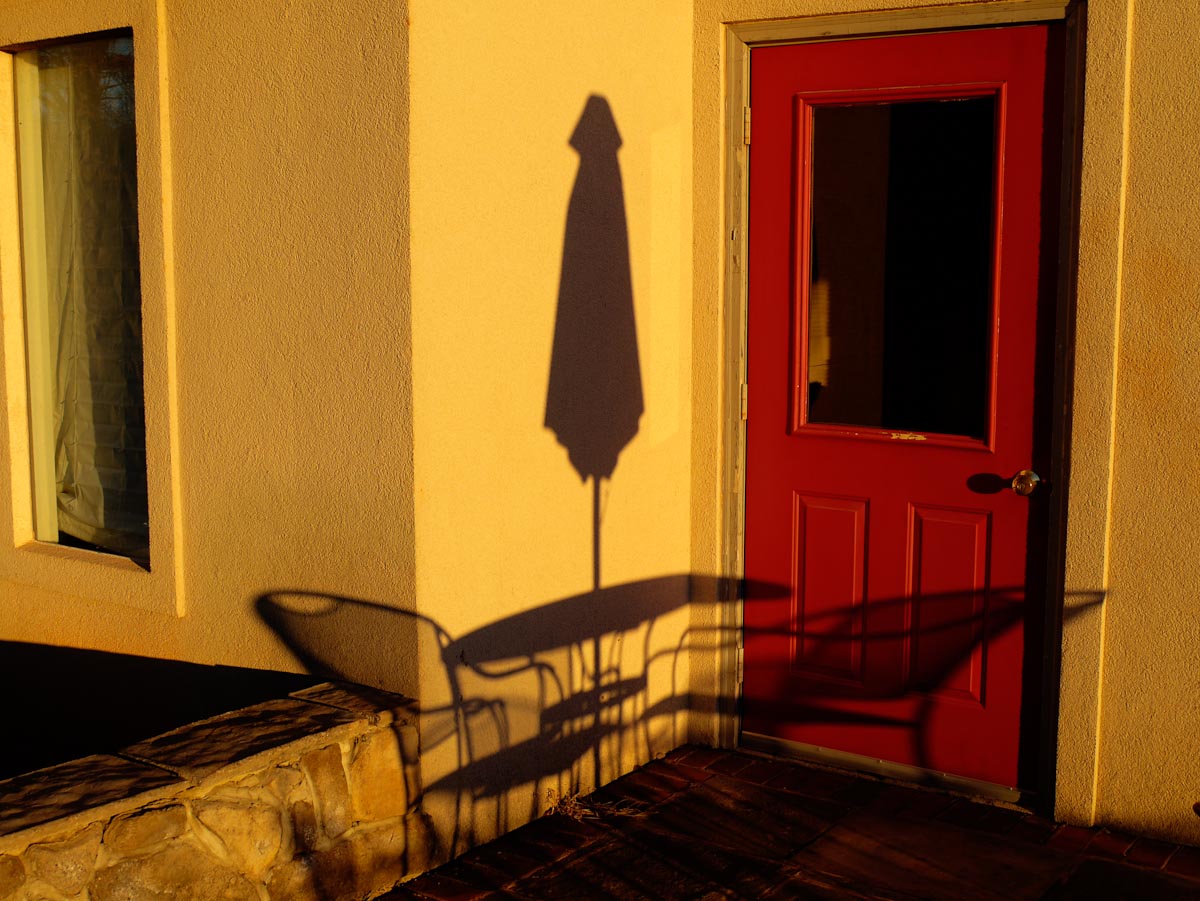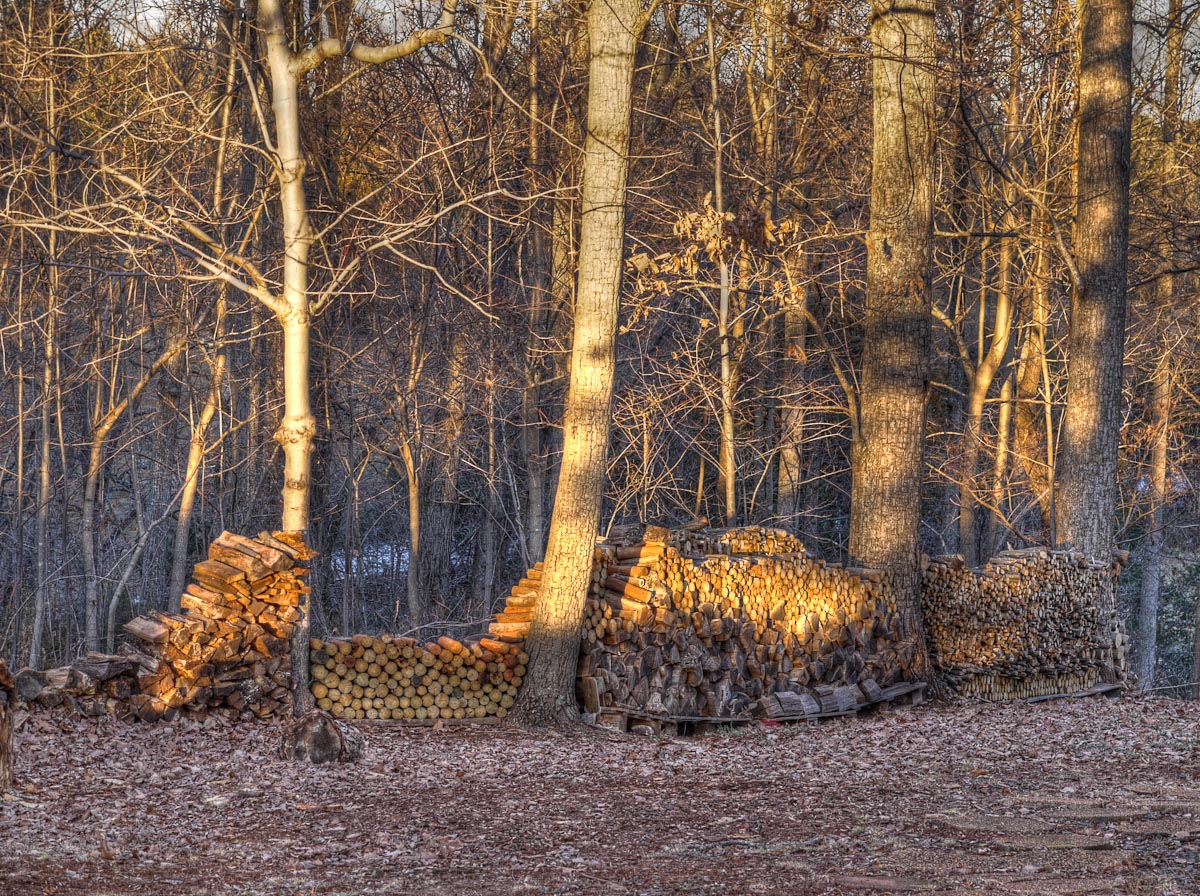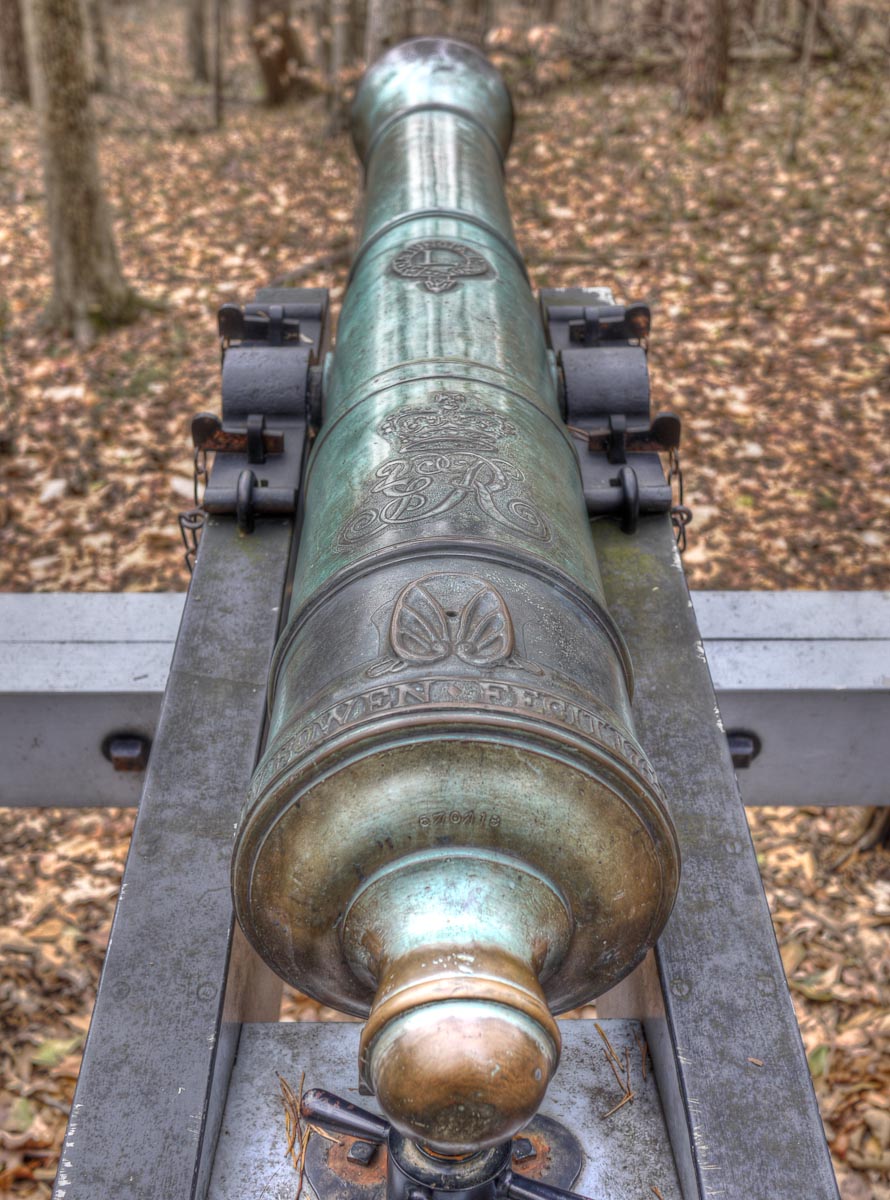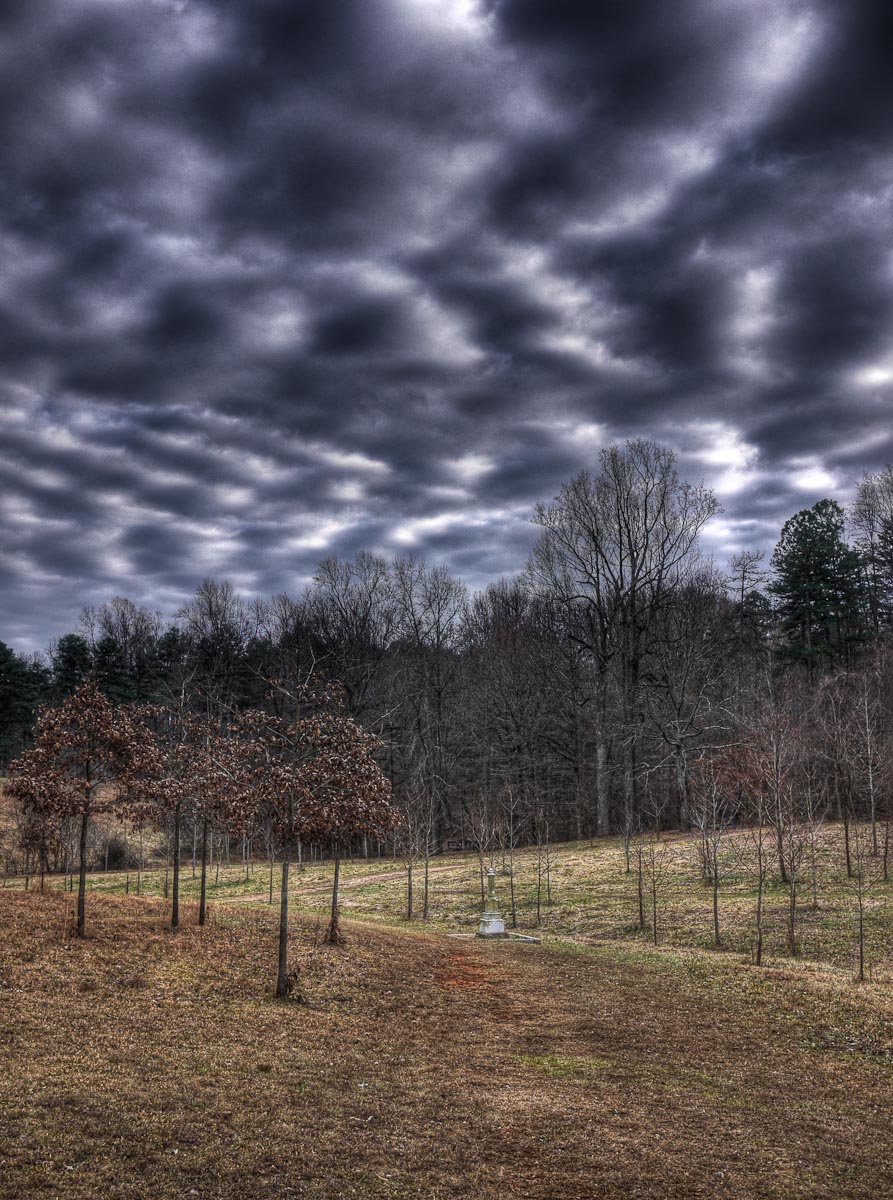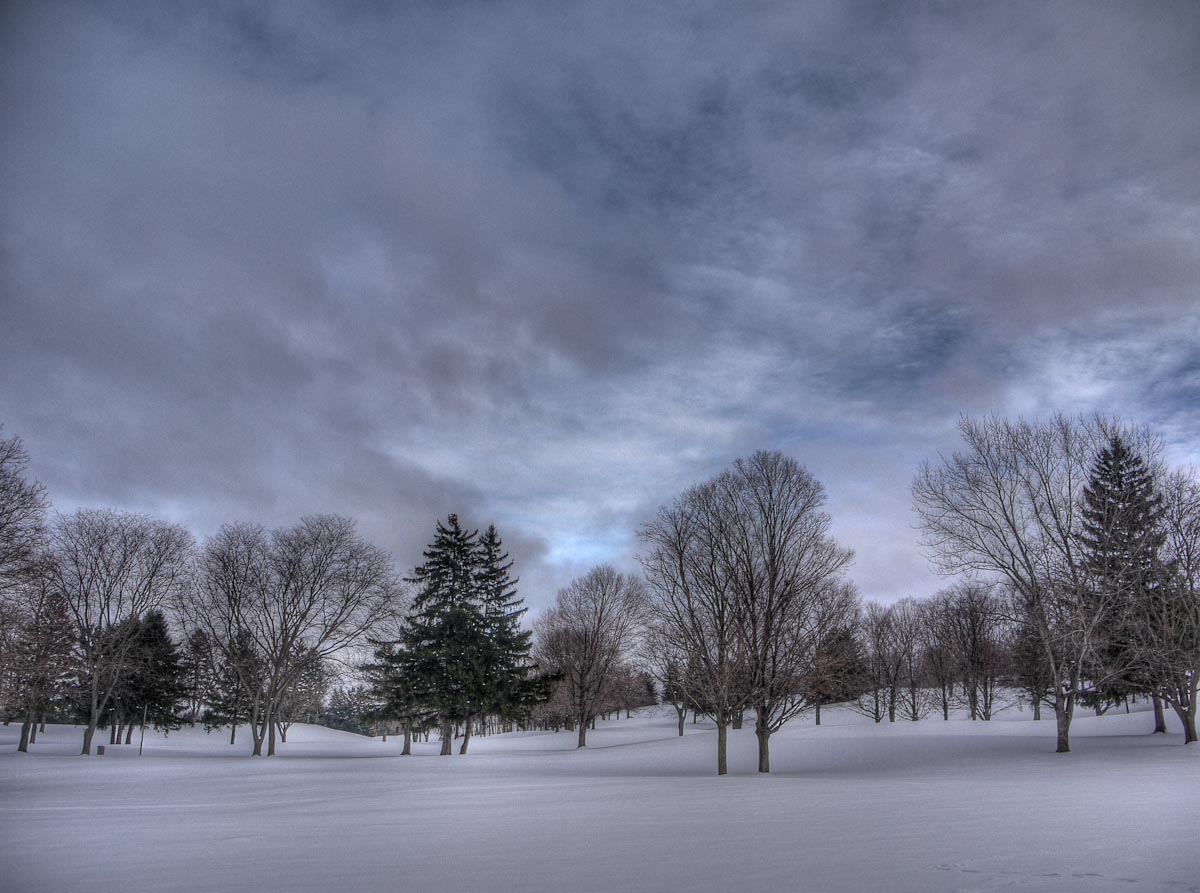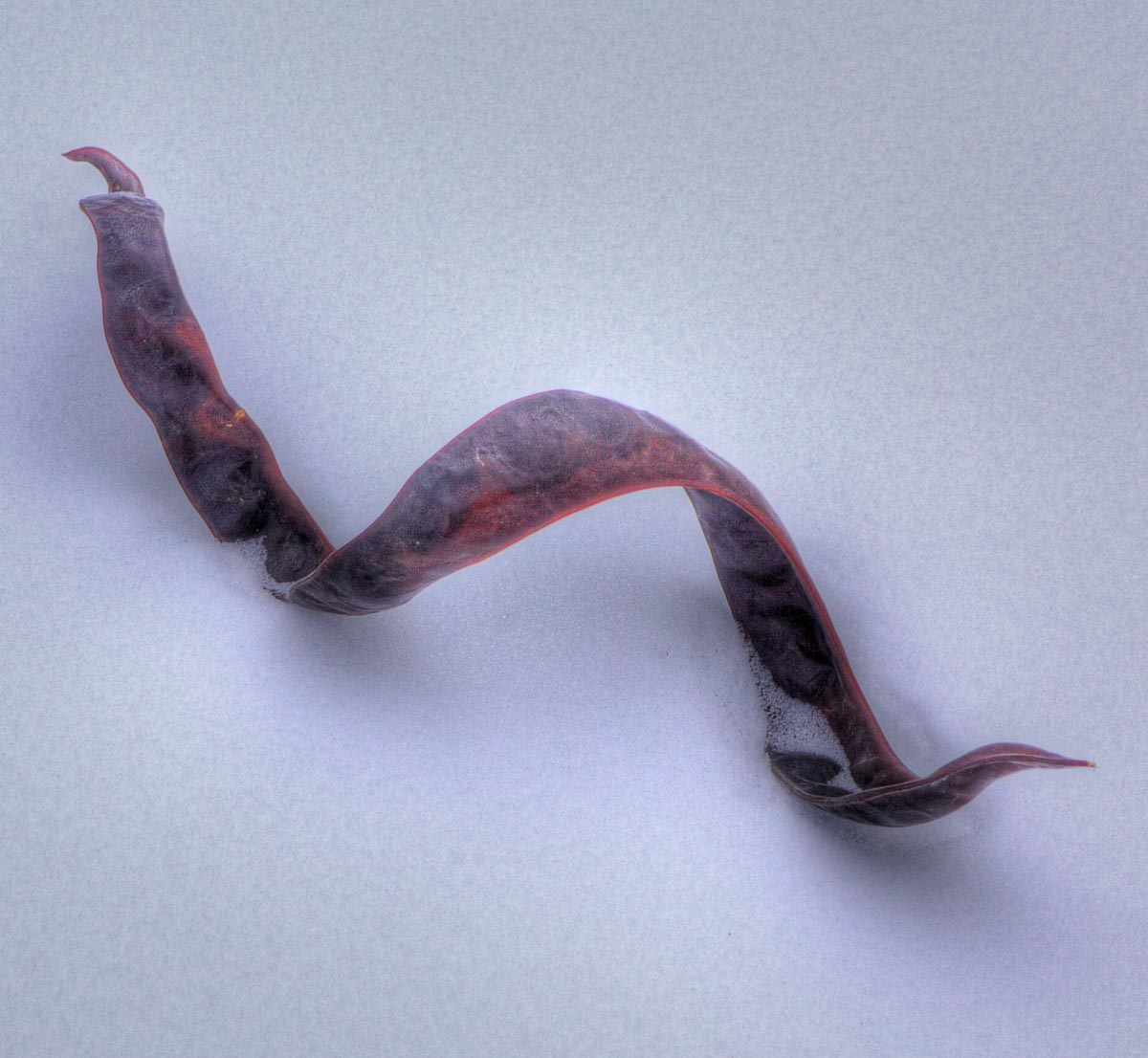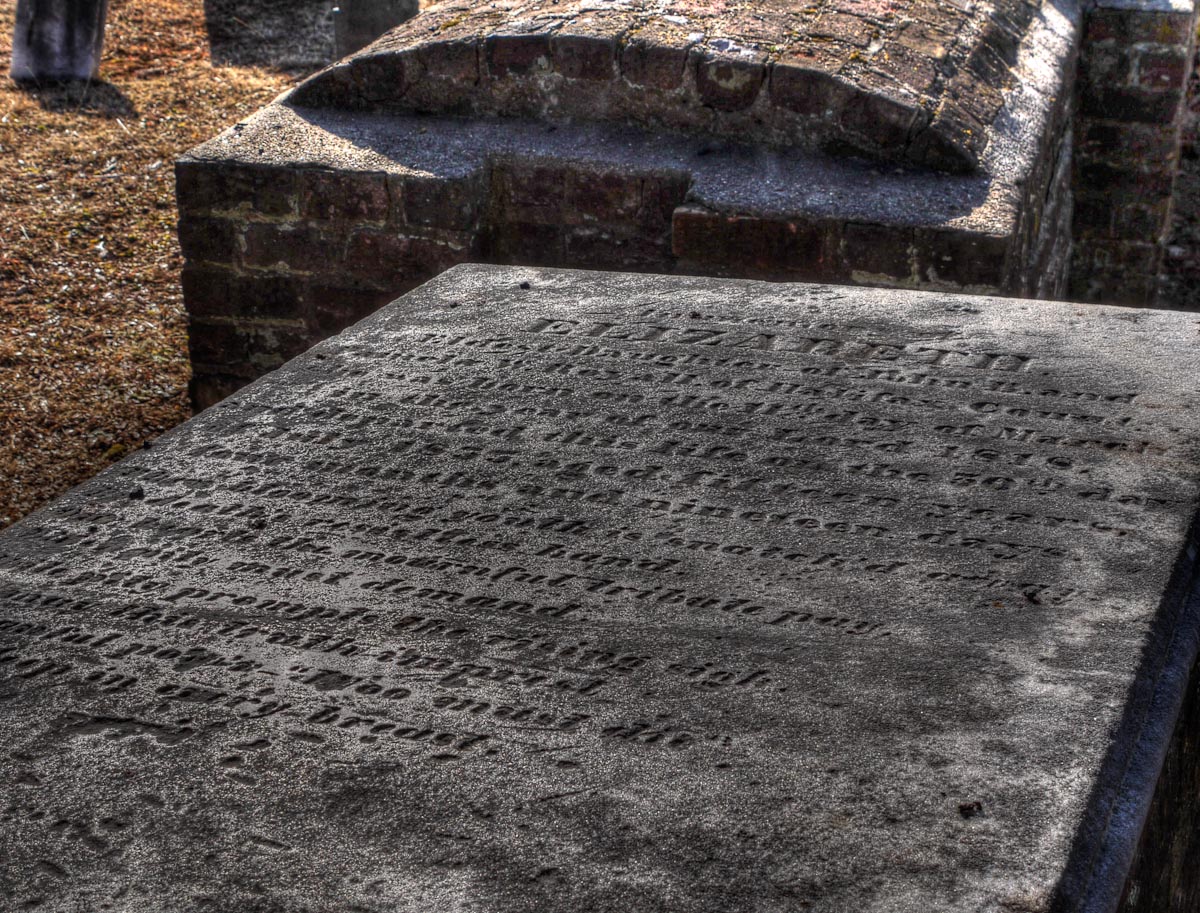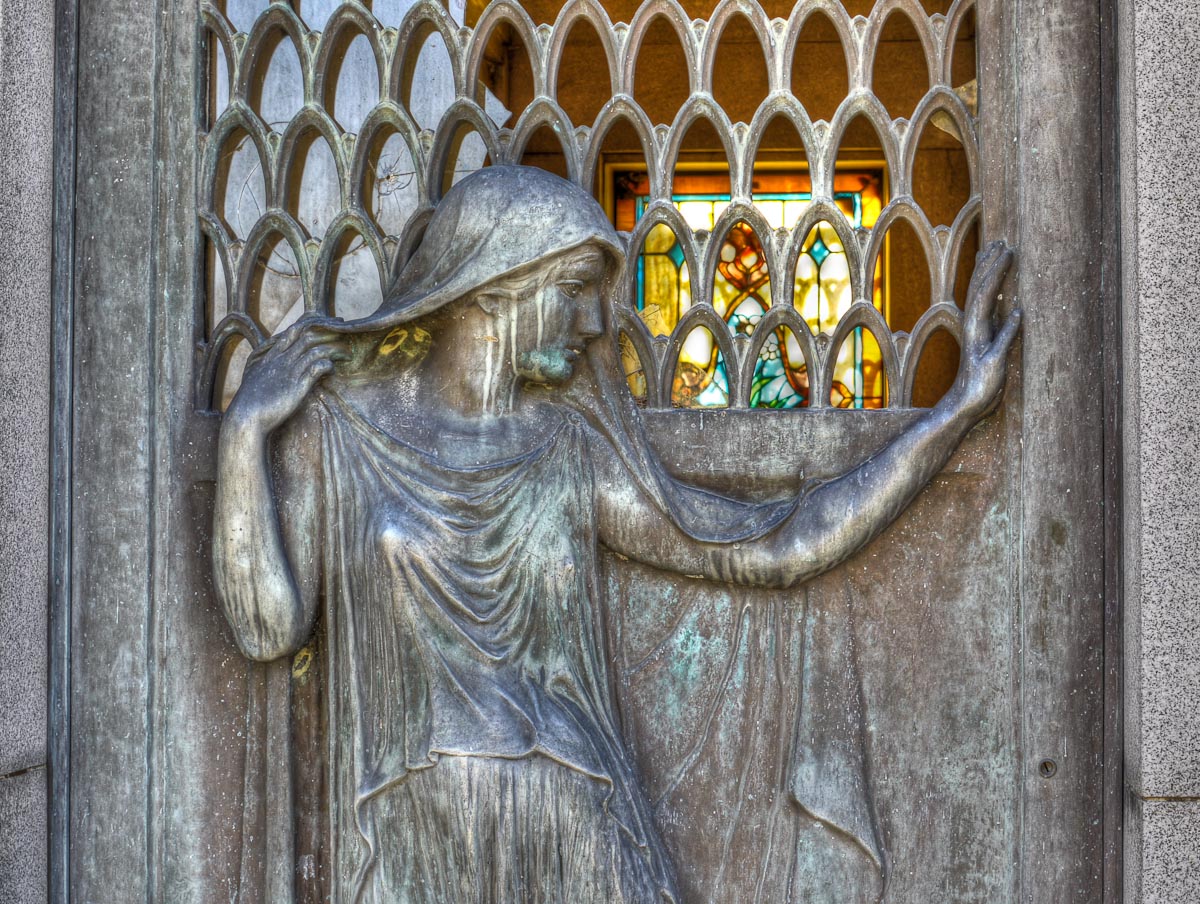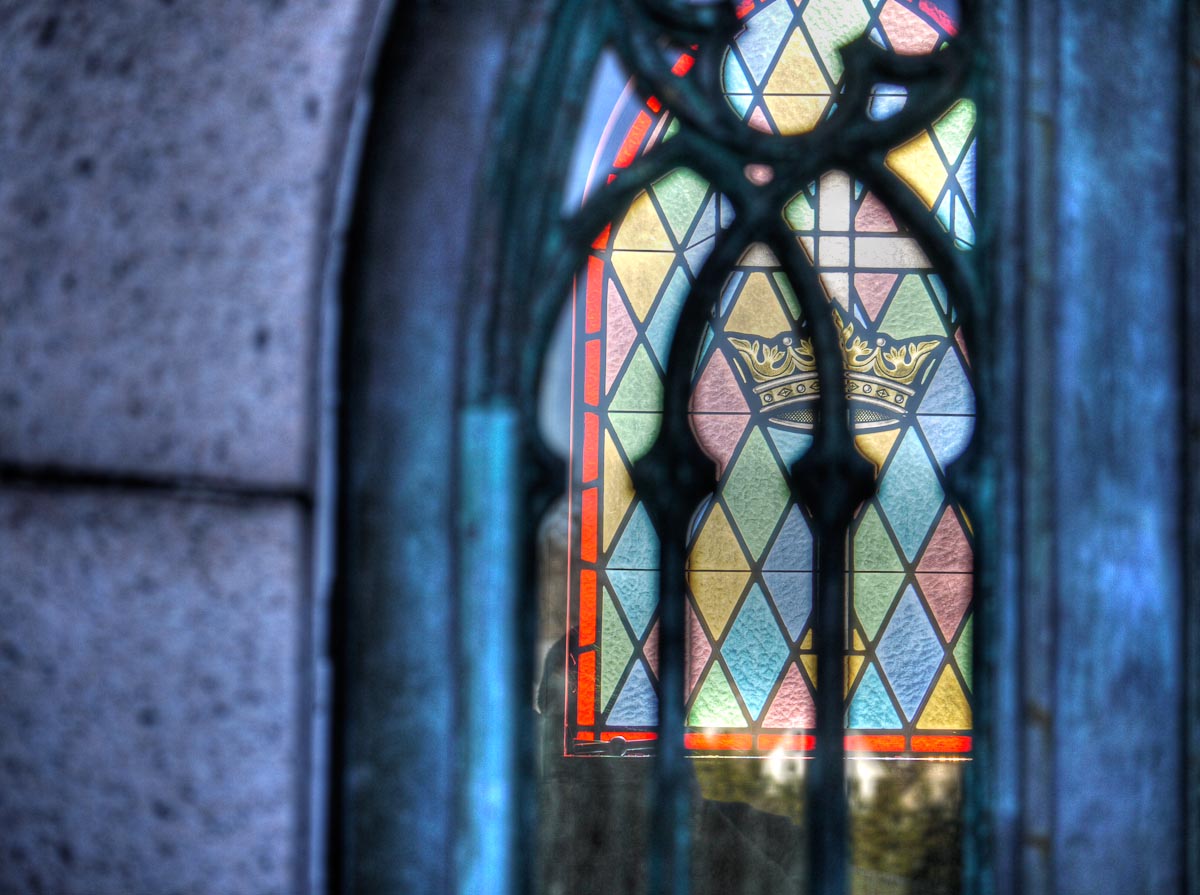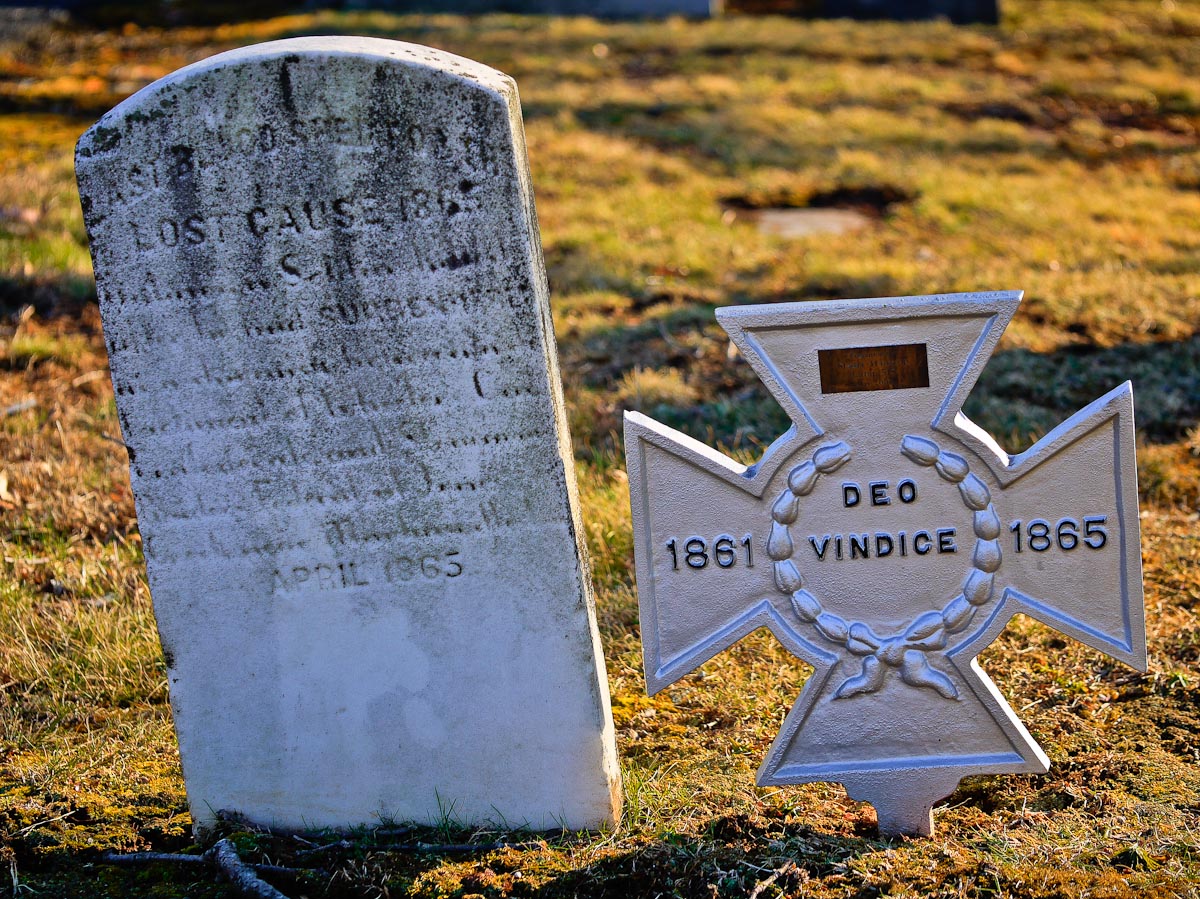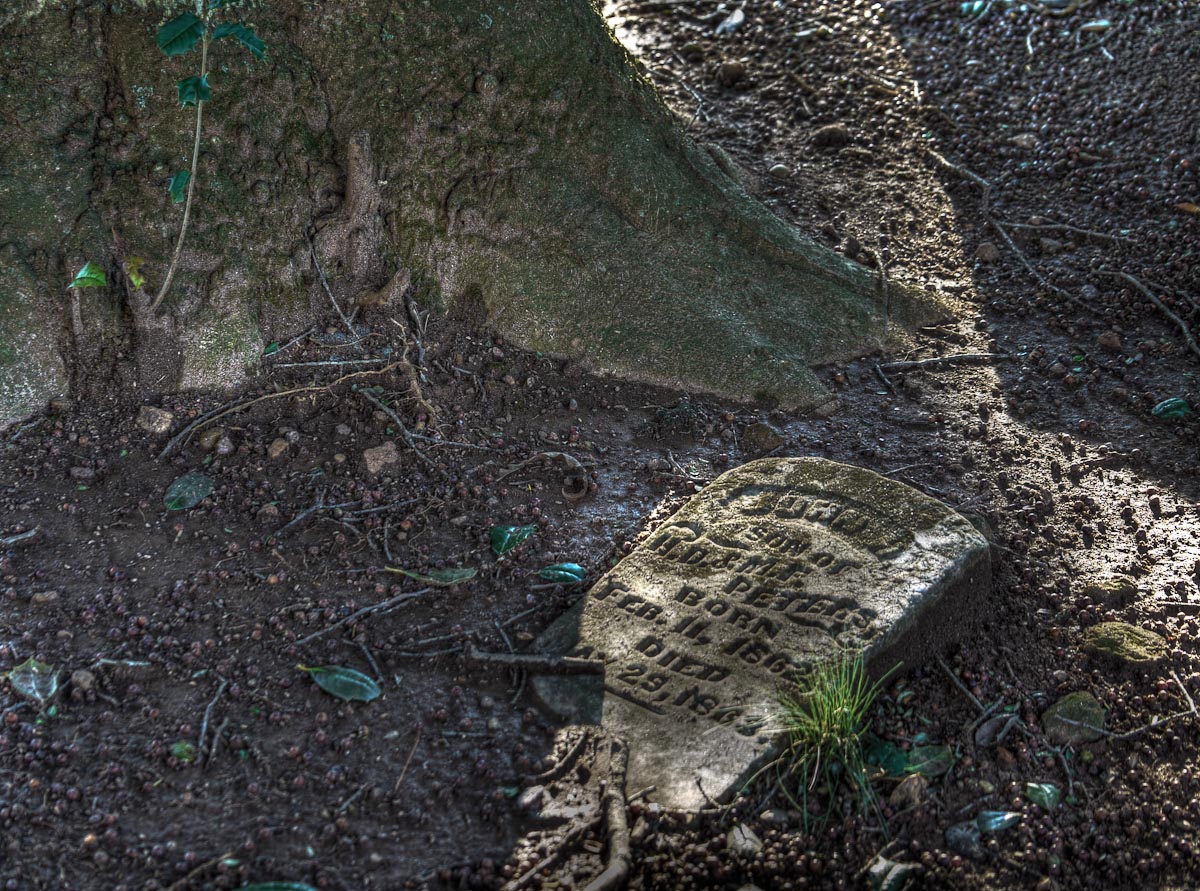It’s funny how things reverse. Someone as old as me remembers hours in a chemical smelling darkroom practicing gesticular magic over RC paper (Dodge this! Burn that!) in order to bend the shimmering beams projecting downwards to my bidding. Photography was not just a skill but a bit of a black art then and those like me who mostly did well out of luck could certainly spend hours in a fruitless effort to create a picture that didn’t look like a white light got switched on by accident during processing. Maybe that explains why folks like me embraced (and as technology improved continuously re-embraced) digital photography. The idea of what could be done and the speed it could be done when compared to the chemical-mechanical past boggled our minds which were still hazy from poorly ventilated fumes. Those were the days of wooden cameras and iron lungs.
Now I see more and more people a few generations newer than me going back to film and pupils dilated by amber safelights in a quest to capture the creative constrictions of those old ways. A rush to embrace vintage or low cost cameras, grainy films, and that long processing wait has snatched victory from the all-conquering march of electronica. The oversaturated, softly detailed photos being made today with lomography and other inexpensive, crude cameras is what we tried to avoid in the days of yore. Still it must be said that they are often compelling and beautiful.
I bring that example up as a barely related introduction to my being presently enamored with the bright and lively photos digitally created through a process known as HDR (High Dynamic Range) imaging. I’ve hyper-linked a thorough explanation but in layman’s (or my) terms it’s about capturing lost detail. When an image it taken usually the camera’s metering system picks the exposure that captures an image where the majority of the subject matter presented is easily visible and similar to how our eyes would see it. However the range of detail captured often is clipped in very bright areas and very dark areas. If you look at a building in daylight you don’t notice the subtleties of white clouds or the shades of gray in the dark shadows. HDR works by utilizing bracketed exposures (over and under normal) which capture the dynamic “edges” a proper exposure misses. You combine these all into a single image which can range from the surrealistically remarkable to just a pleasant enhancement. The subject matter and settings help determine what you wind up with.
Wow! Incredibly boring, eh? In description it is but in practice there is the chance your socks will be knocked off. I’ve loved experimenting with it and below are a few images I recently used this process for. Hope you enjoy.
